Lapso
Solo show by Alejandro Guijarro
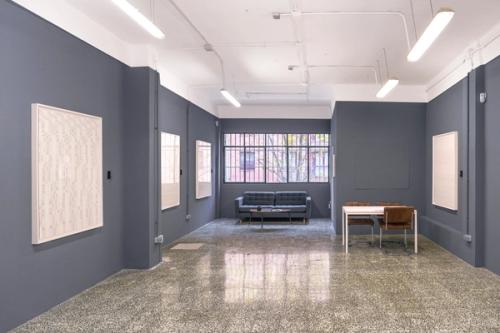
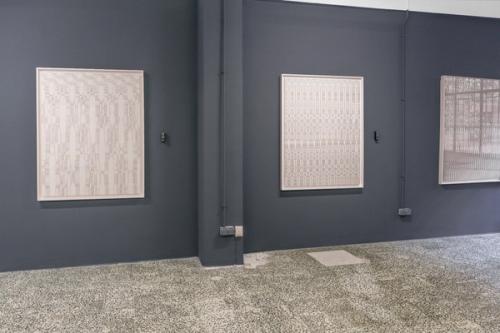
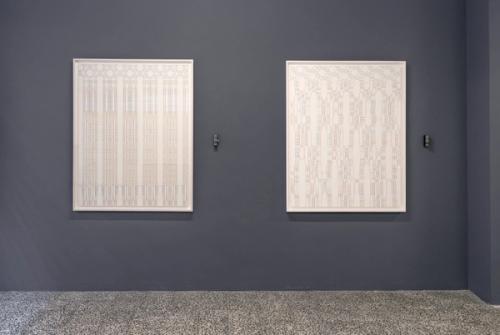
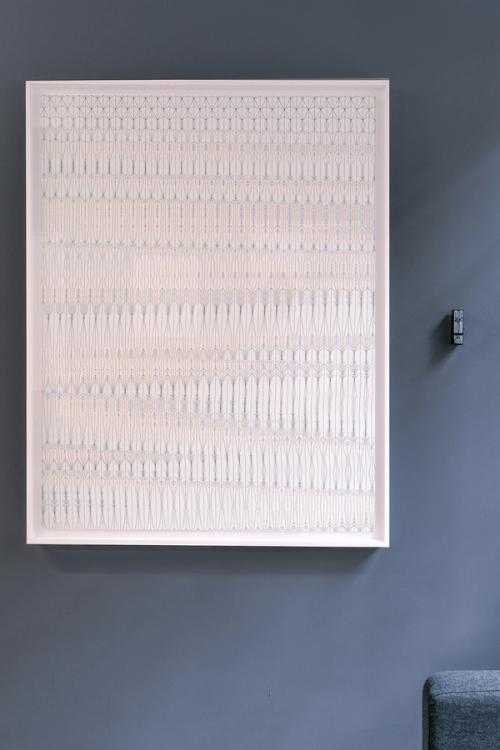
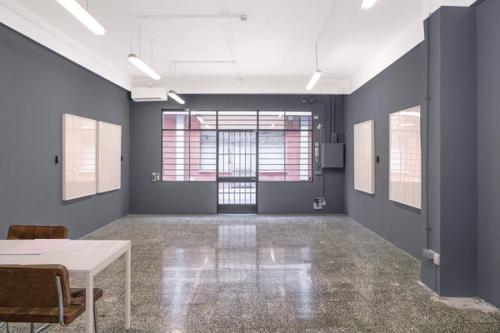

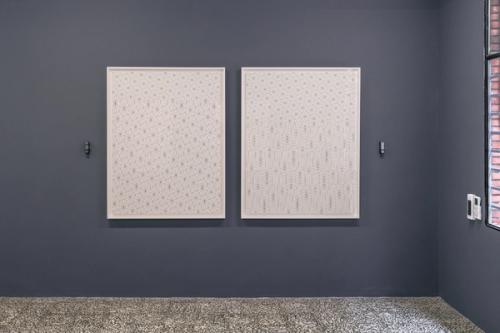
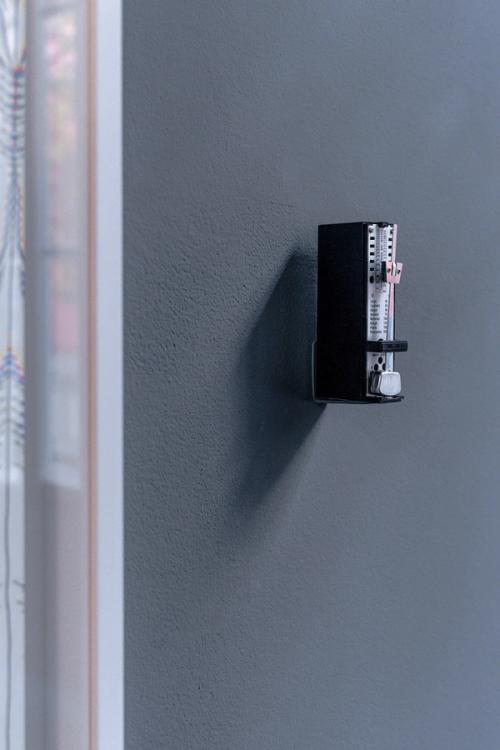
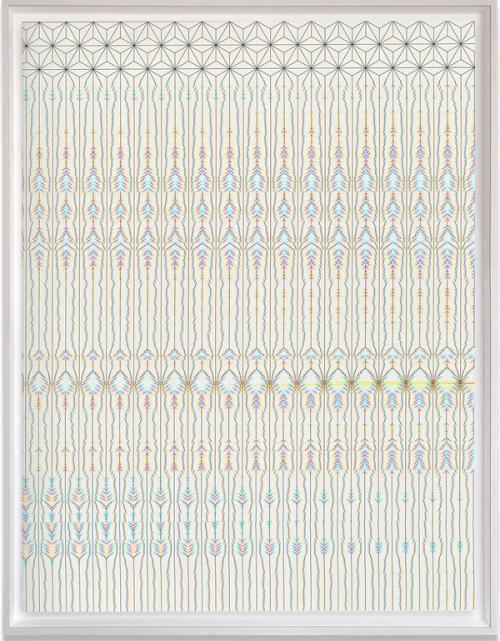
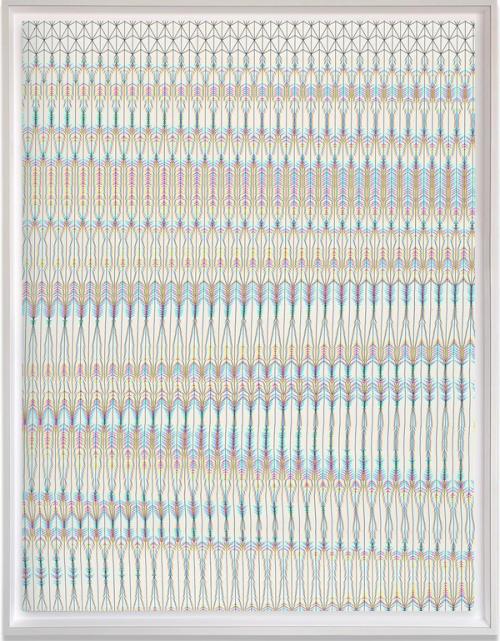
Lapso
Solo show by Alejandro Guijarro
1 December - 13 January 2022
In this second season of exhibitions, we explore practices that advance a deeper understanding of our current context through work that broadens our vision of what contemporary art is today. Following our desire to continue with this investigation we decided to approach photography via the work of Alejando Guijarro (Madrid, 1979) for our third exhibition of the season. Alejandro’s work presents various challenges; to attempt to understand his practice through the traditional lens of a single discipline would be a sterile exercise.
Photography is currently one of the most complex disciplines to fathom due to the virality and manipulation of images to which we are currently exposed. But Alejandro’s work cannot be read merely as photographic; what you are seeing is created using a photographic process but they are not photographs. Alejandro’s previous series (Momentum, Lead) were similar to what is commonly perceived as photography, but it was discovering how he created them that interested us beyond the aesthetics of the result. In recent years, the process has become almost the whole of Alejandro’s work, perhaps because of his confinement during the pandemic when he locked himself up in his studio and learned to paint with the chemicals of hundreds of obsolete Fujifilm films – the series The Narrow Road to the Deep North and Other Travel Sketches – is closer to painting than to photography despite a photographic medium. Linking viscous fingering to the pictorial possibilities of the chemicals in the Fujifilms, he entered a maelstrom that led him to connect coincidences in time and space with a determined obsessiveness.
The fractality of viscous fingerings served as a pretext to investigate the pictorial potential of mathematical repetition, always using the same printed newspaper as his photographic medium. This exercise led him to discover what happens if you extend a mathematical pattern – literally – over a given time and space. And the result is the works we see in [LAPSO]. The fragmented sequences in each piece are obtained through a scanner and a printed mathematical pattern that is manually dragged down to different resolutions and beats per minute, then the title of each work contains its technical components: pattern-resolution-bpm. So, what do we have in front of us? A drawing or a photograph? They are both things and neither. This is why Alejandro’s work challenges us to broaden our ideas around the possibilities of photography as a medium. The works in this exhibition are the result of a long process which began at the moment when direct representation through the photographic act ceased to be of interest to the artist, but at the same time the photographic medium became inevitably attached to his artistic work. These works, beyond their aesthetic attributes and quality, show us that the obsolescence of a medium is probably an effect of the apathy produced by being accustomed to that same medium – photography in this case – and that it is very likely that artists (art) are who will pull us out of that torpor in order to recover our astonishment at something we have taken for granted. It is the experiments, the accidents and the almost absurd conclusions of an artist that give life back to a saturated medium allowing us to expand our capacity for wonder.
Photography is currently one of the most complex disciplines to fathom due to the virality and manipulation of images to which we are currently exposed. But Alejandro’s work cannot be read merely as photographic; what you are seeing is created using a photographic process but they are not photographs. Alejandro’s previous series (Momentum, Lead) were similar to what is commonly perceived as photography, but it was discovering how he created them that interested us beyond the aesthetics of the result. In recent years, the process has become almost the whole of Alejandro’s work, perhaps because of his confinement during the pandemic when he locked himself up in his studio and learned to paint with the chemicals of hundreds of obsolete Fujifilm films – the series The Narrow Road to the Deep North and Other Travel Sketches – is closer to painting than to photography despite a photographic medium. Linking viscous fingering to the pictorial possibilities of the chemicals in the Fujifilms, he entered a maelstrom that led him to connect coincidences in time and space with a determined obsessiveness.
The fractality of viscous fingerings served as a pretext to investigate the pictorial potential of mathematical repetition, always using the same printed newspaper as his photographic medium. This exercise led him to discover what happens if you extend a mathematical pattern – literally – over a given time and space. And the result is the works we see in [LAPSO]. The fragmented sequences in each piece are obtained through a scanner and a printed mathematical pattern that is manually dragged down to different resolutions and beats per minute, then the title of each work contains its technical components: pattern-resolution-bpm. So, what do we have in front of us? A drawing or a photograph? They are both things and neither. This is why Alejandro’s work challenges us to broaden our ideas around the possibilities of photography as a medium. The works in this exhibition are the result of a long process which began at the moment when direct representation through the photographic act ceased to be of interest to the artist, but at the same time the photographic medium became inevitably attached to his artistic work. These works, beyond their aesthetic attributes and quality, show us that the obsolescence of a medium is probably an effect of the apathy produced by being accustomed to that same medium – photography in this case – and that it is very likely that artists (art) are who will pull us out of that torpor in order to recover our astonishment at something we have taken for granted. It is the experiments, the accidents and the almost absurd conclusions of an artist that give life back to a saturated medium allowing us to expand our capacity for wonder.